Strategies to Help Prevent ACL tears
In the last article of this series we discussed what your ACL is, what your ACL does, and the common ways an athlete can tear their ACL- if you haven’t read the previous article, go check it out to freshen up on your anatomy and biomechanics. In this article we’re going to dive into a few strategies a coach can use in the weight room and on the field, to help prevent the likelihood of one of their athletes being 1 of the 80,000 ACL tears which happen each year in the United States.
Muscle Groups
Your knee has two main muscle groups that cross it: the hamstrings and the quadriceps. However, these are not the only muscle groups which control where your knee goes. Your foot/ankle musculature, and your glutes also play a huge role in ACL prevention. To show you why your feet and your glutes are so important- we’re going to get back into the position described in the previous article.
Stand up, get into an athletic position, and push your right knee in towards your left. This is called knee valgus, and it is the main position that non-contact ACL tears happen in.
Look down at your right foot, your arch is collapsed down and all the pressure is on the inside of your foot.
Poke your fingers into the side of your butt, this is your gluteus medius (glute med for short).
Now for the fun part:
Squeeze your toes into the ground, like you’re trying to hold on to the floor. And push your knee away from your midline, back to the original athletic position.
Did you feel your glute med fire underneath your fingers? Did you see how your foot got a little bit of its arch back? If not, go try it again. This is the safest position for athlete’s knees! This is the firing we want in any exercise.
Weight Room Strategies
“Weak things break”- Louie Simmons
The stronger your athlete’s feet, hamstrings, quads, and glutes are- the safer they are on the field/court. It does not matter which sport an athlete is participating in, a stronger athlete is more resilient to injuries: boys, girls, football, cross country, middle school, high school, everyone. Did you know, female athletes are 3.5x more likely to have an ACL tear than males? Coaches of female sports, time to get in the weight room!
Any lower body exercise: squats, lunges, step-ups, etc. are going to help prevent ACL tears if done in the position described above: gripping the ground with their toes, and pushing their knees out from their hips. One of our favorite exercises at SYNA is lateral band walks. The athlete steps on a band, and crosses it in front of themselves for tension. Then the athlete steps to the side WITH BOTH KNEES IN LINE WITH THEIR TOES AT ALL TIMES. Staying in an athletic position, the athlete walks 10-20 steps one way and an equal amount of steps back. By the time the athlete gets back, if their glute meds are not burning up- send them for another set.
Field Strategies
Landing and cutting are two of the most common ways “non-contact” ACL tears occur. So, coaching our athletes to be in the correct position during practice/conditioning is paramount in transferring the weight room onto the field. Every plyometric drill (jumping up and down) is a chance to coach the athlete out of a bad position. Just like shooting a free-throw: the more reps you do correctly, the more that movement gets ingrained. The more times an athlete lands in the right position, the more the right position gets ingrained in their movement patterning.
As far as the cutting aspect, this tear usually happens because the athlete did not have the proper technique when trying to slow themselves down. A drill to help teach athletes how to properly slow down is to have the athlete sprint as hard as they can towards a line (it does not work, if they’re not going all out), and have them break down and stop before that line. As the athlete gets better at this, they will be able to begin their break down closer, and closer to the line. Before long, they are able to stop on a dime, in a safe position, and that will transfer into game time.
Until Next Time:
Thank you for following along with our ACL series, if you like what you read and would like to reach out for more information how your athlete or team can start training with the coaches at SYNA- find us on Facebook at SYNA Bluewave or Instagram @syna_bluewave and send us a message! The final article in our ACL series will discuss how an athlete can come back from an ACL tear in the safest way possible.
If you would like to review the first part of the ACL injury prevention is the SYNA series you can find that article here.
At the end of the day you can never 100% guarantee you will not tear your ACL, but you can definitely lessen the chances. We always recommend consulting your doctor if you have questions or concerns about potential knee injuries and before starting any kind of new exercise or injury prevention.
You can always get started with the pros at SYNA by emailing them at synabluewave@gmail.com
Article compliments of Pete Messer.


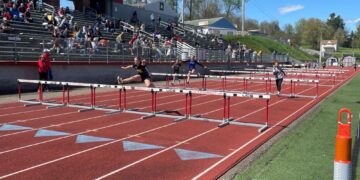

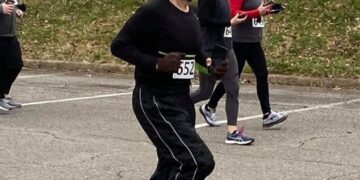
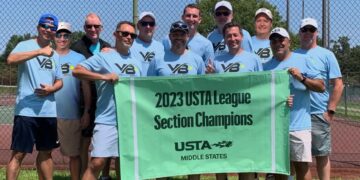


















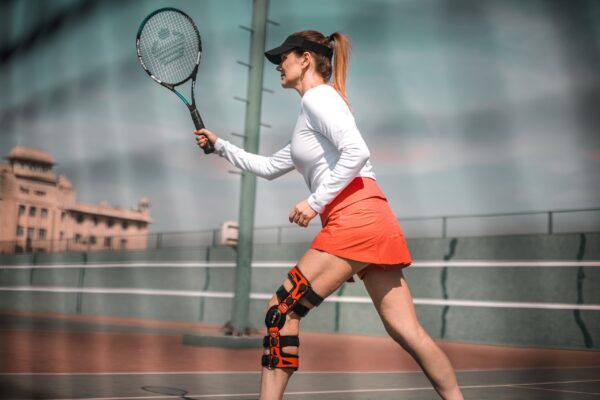
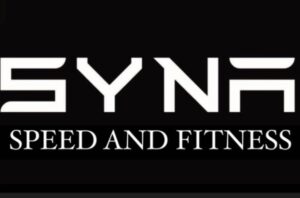





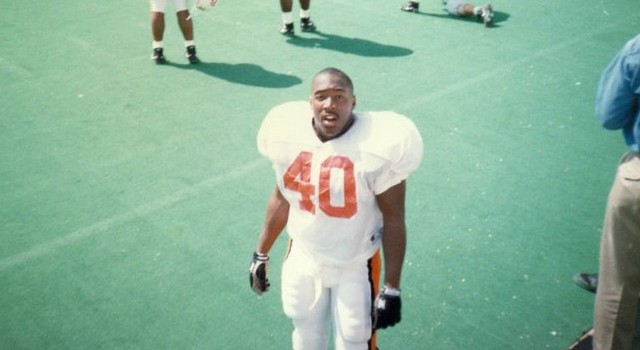

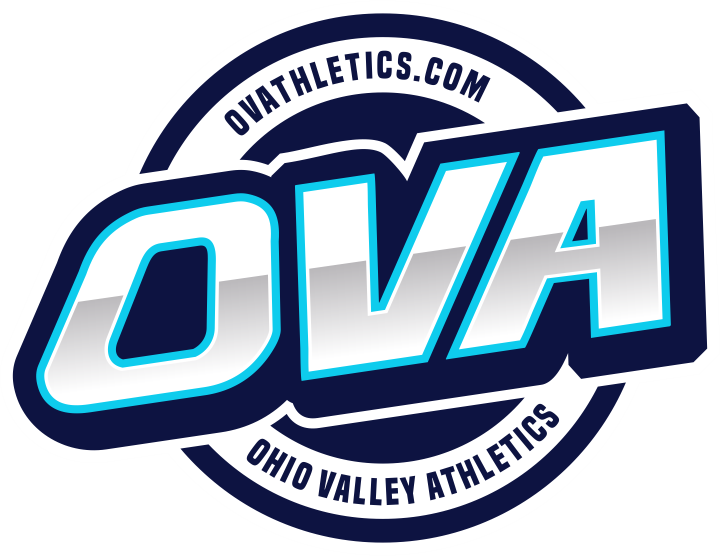
Discussion about this post